With a wide variety of options to choose from, exploring the world of tea can be a delicious and exciting adventure. Here are the most popular types of tea from around the globe, as well as their unique flavor profiles.
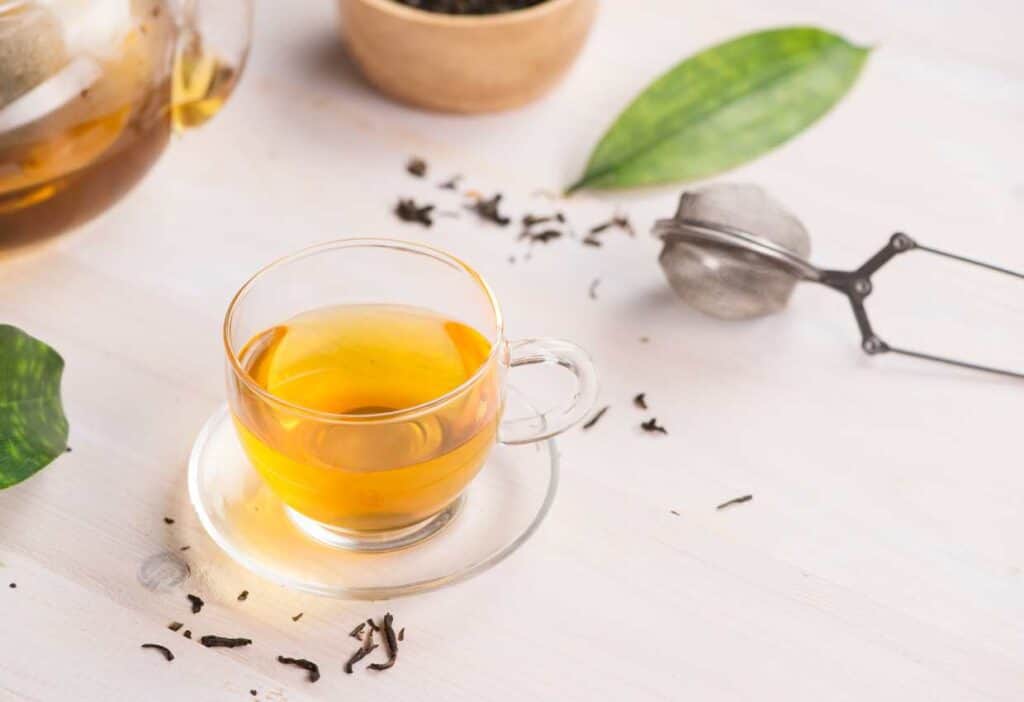
What is tea?
Tea is a beverage made by steeping tea leaves in hot water. The tea plant from which tea leaves come is called Camellia sinensis. Camellia sinensis is an evergreen shrub native to Asia but is now grown worldwide. Many different types of tea are made from Camellia sinensis and its varieties. Each type of tea has its own unique flavor and aroma and can be enjoyed on its own or with added ingredients like milk, sugar or spices.
Teas vs. tisanes
To be classified as an authentic tea, tea must be made with Camellia sinensis. Anything else known as tea is technically called a tisane, or an herbal infusion. Tisanes are made from herbs, fruits and other plant materials. Tisanes can be brewed and enjoyed in the same way as tea, but they have different flavors and aromas. Doubtless, both tea and tisanes are delicious and offer a wide range of tastes and benefits.
Types of tea
Here are some popular varieties of true teas made from the leaves of the Camellia sinensis plant.
Black tea
Black tea is one of the most commonly consumed types of tea in the world. It’s a fully oxidized tea, giving it a robust, bold flavor and dark color. Black tea is often enjoyed with milk and sugar but can also be enjoyed independently. Some popular varieties of black tea include English breakfast, Earl Grey, and Darjeeling.
Green tea
Green tea is another popular tea type known for its light, refreshing taste and high antioxidant content. It’s made from unoxidized tea leaves, which gives it a much lighter color and flavor than black tea. Green tea is often enjoyed plain but can also be flavored with fruit, flowers, or herbs. Some popular varieties of green tea include sencha, dragonwell, and gunpowder.
Matcha tea
While Matcha tea is a type of green tea, it deserves special mention due to its earthy, umami and grassy flavor profile. Matcha is made by finely grinding high-quality green tea leaves into a vibrant green powder. It is then traditionally prepared by whisking the powder with hot water until a frothy texture is achieved. It’s often enjoyed plain but can also be mixed with milk or sweeteners to create a matcha latte or other variations.
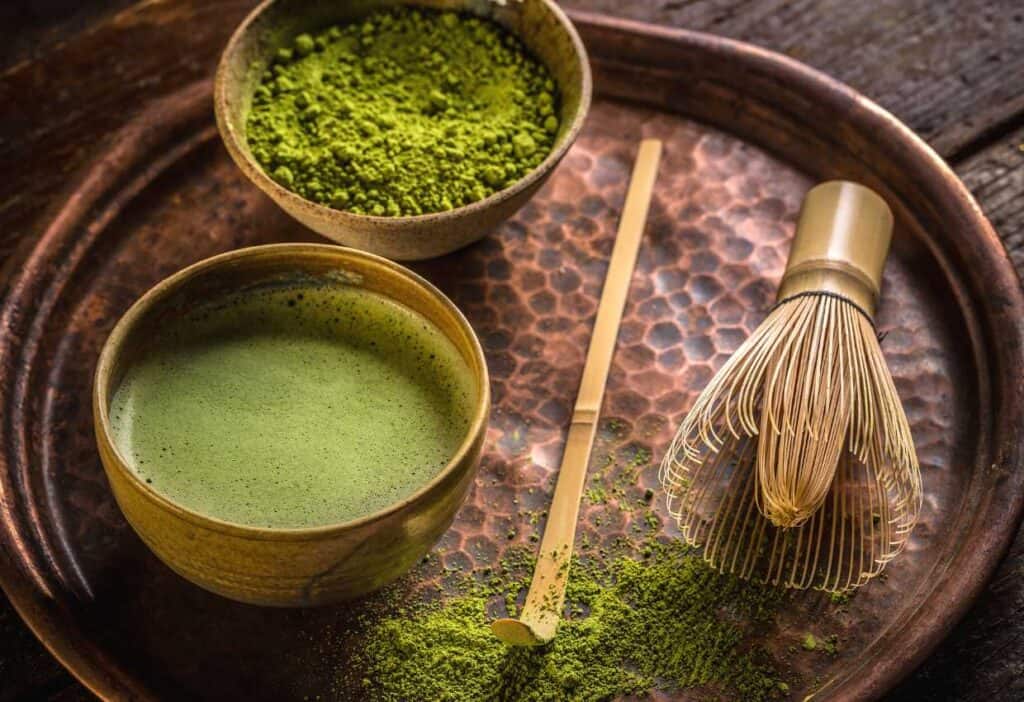
White tea
White tea is a delicate, light tea that’s made from the young tea leaves and buds of the Camellia sinensis plant. It’s the least processed tea with a light, subtle flavor. White tea is often enjoyed plain but can also be flavored with fruits or herbs. Some popular varieties of white tea include silver needle, white peony, and shou mei.
Oolong tea
Oolong tea is a partially oxidized tea known for its complex, fruity flavor. It falls somewhere between black tea and green tea in terms of oxidation. Oolong tea is usually served plain to enjoy its genuinely unique taste. Some popular varieties of oolong tea include tie guan yin, da hong pao, and wuyi rock.
Pu-erh tea
Pu-erh tea is a fermented tea known for its rich, earthy notes. It’s made from tea leaves that have been aged and fermented, giving it a full-bodied flavor. Pu-erh tea is usually enjoyed plain but is sometimes flavored with other ingredients like cacao beans or dried orange peel. Some popular varieties of Pu-erh tea include shou pu-erh and sheng pu-erh.
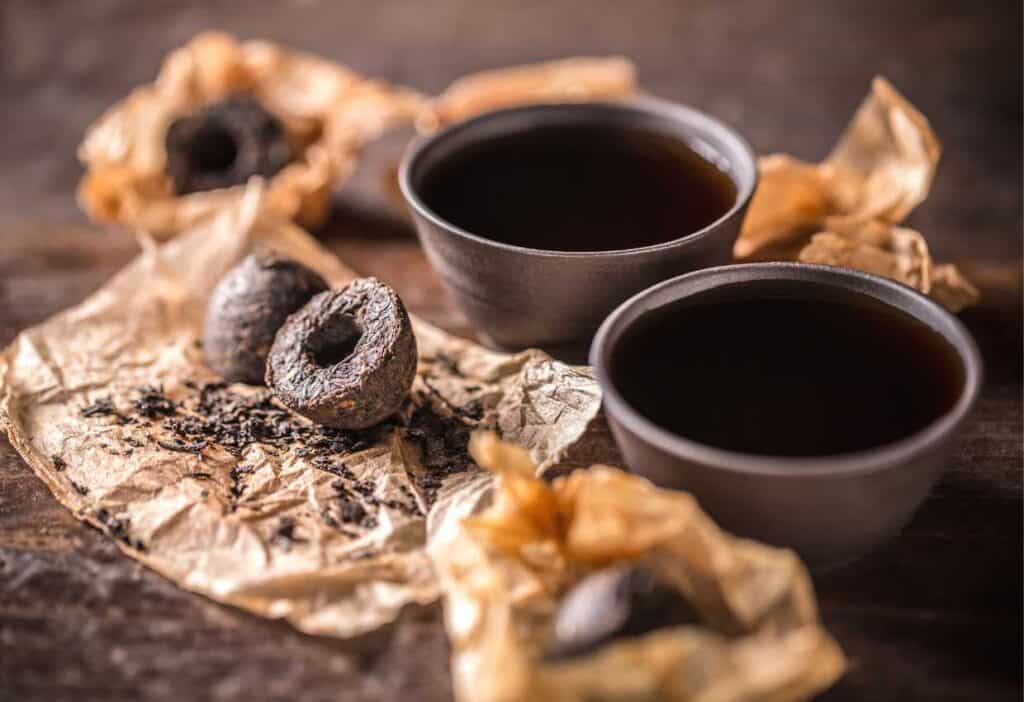
Yellow tea
Yellow tea is a rare tea similar to green tea but processed slightly differently. The tea leaves are allowed to oxidize slightly before being wrapped in a cloth and steamed, giving the tea its special yellow color and flavor. Yellow tea has a milder taste than green tea and is often described as smooth and nutty. Some popular varieties of yellow tea include junshan yinzhen and huoshan huangya.
Jasmine tea
Jasmine tea is a type of tea that’s flavored with fragrant jasmine flowers. The tea leaves used are usually green or white tea, and the jasmine flowers are layered on top of the tea leaves to infuse a floral flavor. Jasmine tea has a delicate taste and intoxicating aroma that is perfect for relaxing and unwinding. Some popular varieties of jasmine tea include jasmine dragon pearls and jasmine silver needle.
Blooming Tea
Blooming tea, also known as flowering tea, is a tea crafted by hand. It’s made by wrapping tea leaves and flowers into a tight bundle and then steeping them in hot water. As the tea steeps, it unfurls and blooms into a beautiful flower shape. Blooming tea comes in various flavors and can be made with green, black or white tea.
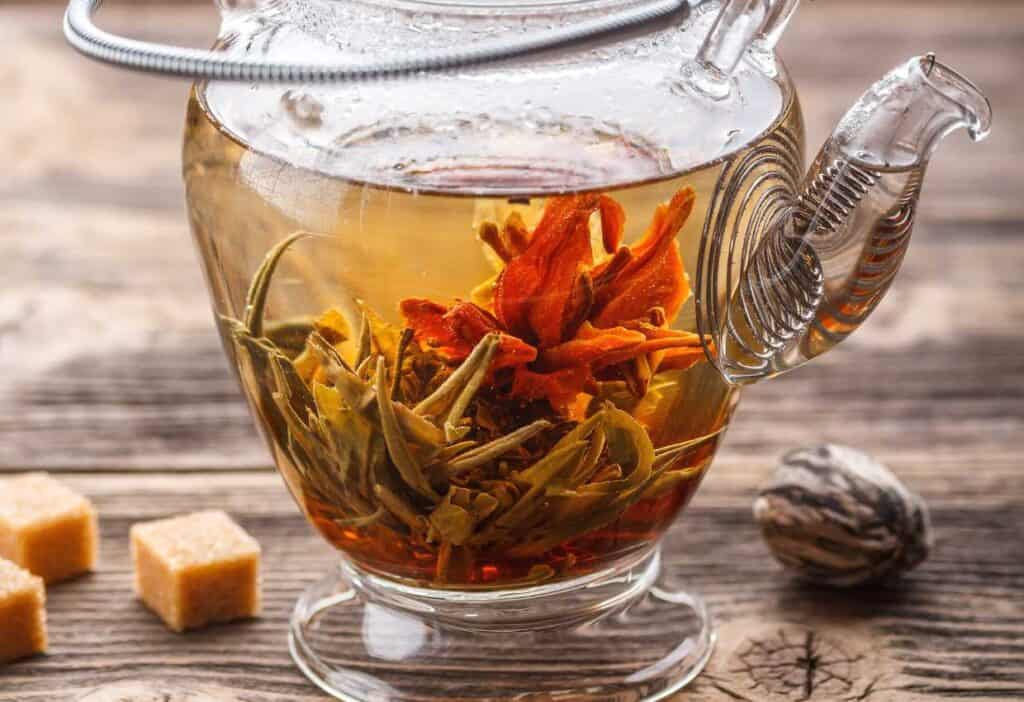
Tisanes
Any tea not made with Camellia sinensis leaves is not technically a tea but rather an herbal tea known as a tisane. Tisanes are made with herbs, flowers, fruits, spices, and other plant materials. Herbal teas can be enjoyed plain or with milk and sweetener. Here are some of the more popular varieties of herbal tea.
Chai tea
Chai tea is a type of tea that’s made with a blend of spices, usually including cinnamon, cardamom, and ginger. It’s often mixed with black tea and enjoyed with milk and sugar. Chai tea has a warm, spicy flavor that makes it a rather comforting beverage. Some popular varieties of chai tea include masala chai and Kashmiri chai.
Rooibos tea
Rooibos, also known as red bush tea, is a tisane native to South Africa. It’s made from the leaves of the Aspalathus linearis plant, which is grown exclusively in the Cederberg Mountains region of South Africa. Rooibos has a reddish-brown color and a naturally sweet taste, with notes of
Cinnamon tea
Cinnamon tea is an herbal tea made by steeping cinnamon sticks or ground cinnamon in hot water. It’s known for its warm, sweet flavor and makes a great beverage during colder months. It can be enjoyed plain or with a touch of sweetener. Some varieties may also include other spices like cloves or ginger.
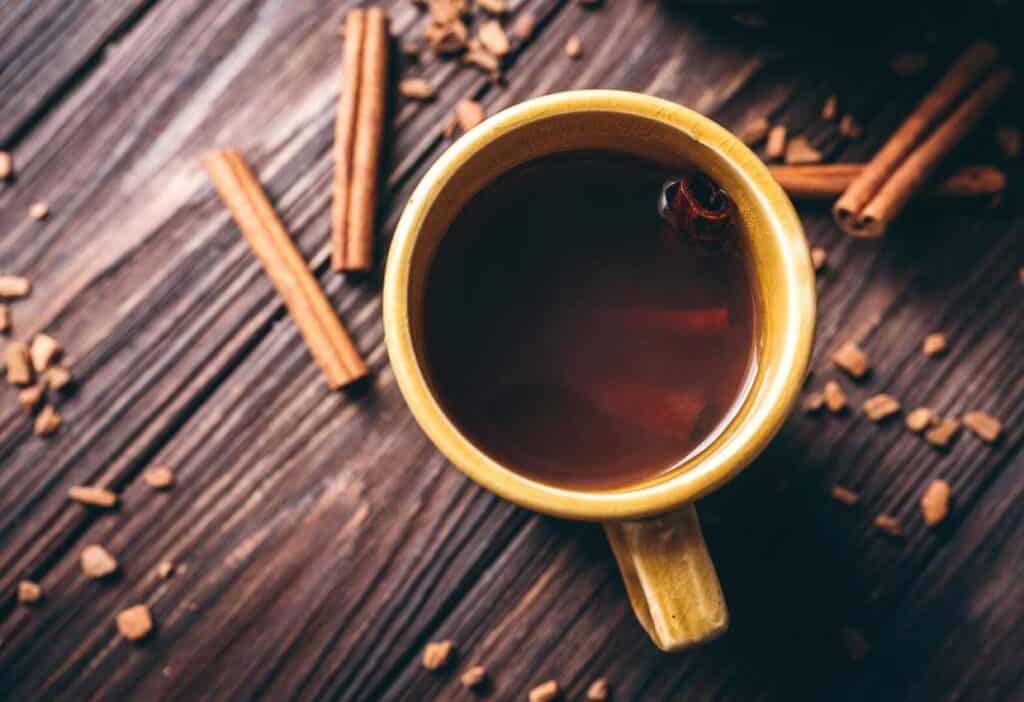
Chamomile tea
Chamomile tea is a herbal tea made by steeping chamomile flowers in hot water. Chamomile has a mild, floral flavor and is often enjoyed as a relaxing and soothing beverage before bedtime due to its sleep-inducing effects. Chamomile tea is caffeine-free, making it a great alternative to traditional tea or coffee.
Peppermint tea
Peppermint tea is made by steeping peppermint leaves in hot water. Peppermint has a refreshing and invigorating flavor that’s often enjoyed as a digestive aid or to alleviate symptoms of nausea. Peppermint tea is caffeine-free and can be enjoyed hot, cold or iced.
Yerba mate
Yerba mate is a tisane native to South America, particularly popular in Argentina, Brazil and Paraguay. It’s made by steeping the dried leaves and twigs of the yerba mate plant in hot water. Yerba mate has a distinctive earthy, grassy flavor and is known for its energizing and stimulating effects due to its caffeine content. Yerba mate is traditionally consumed with a straw called a bombilla from a shared gourd called a mate. It can be enjoyed plain or with added sweeteners or milk.
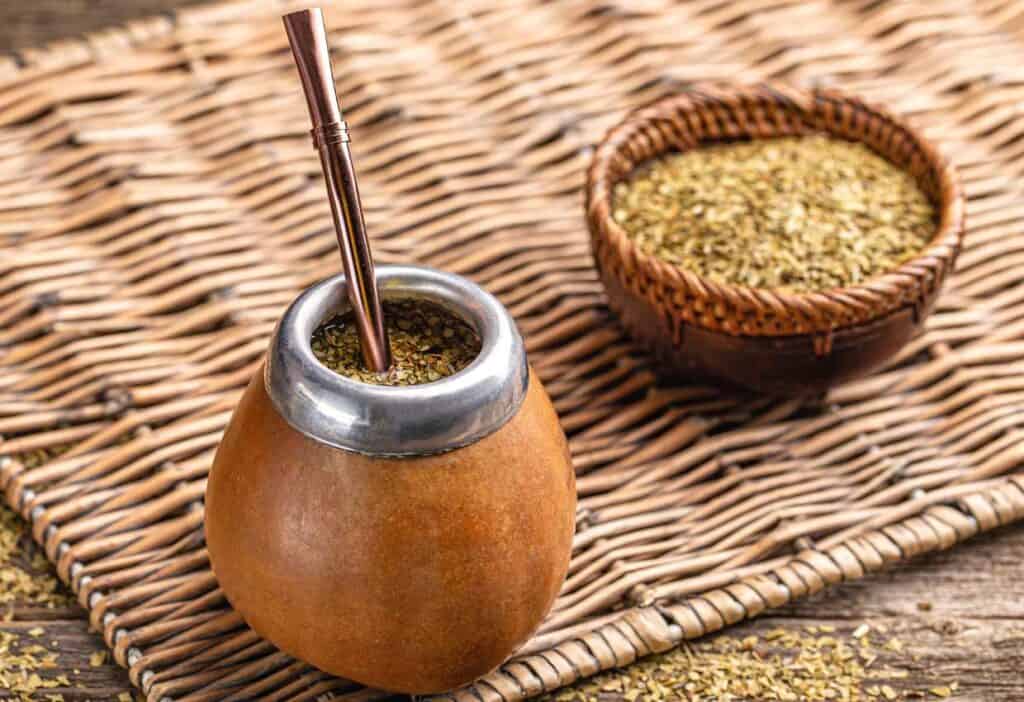
In Conclusion
There are so many different types of tea to explore, each with its unique flavor, aroma, and benefits. Whether you prefer bold and strong black tea or delicate and floral jasmine tea, there’s something for everyone. Have fun trying new types of tea to see what you like best.
Kristen Wood is a photographer, writer, and creator of the food blog MOON and spoon and yum. She is also the author of Vegetarian Family Cookbook, Fermented Hot Sauce Cookbook, and Hot Sauce Cookbook for Beginners. Her work has been featured in various online and print publications, including Elle, Martha Stewart, Yoga Journal, and more.
Well this was such an interesting and informative post! I’d certainly never heard of yellow tea! I’ll be bookmarking this!
Thanks so much! I’m so happy you enjoyed it. Thank you for stopping by!